For the second year running, Lasalle College of the Arts held its 2021 graduate fashion show as an online exhibition. Steve Dixon, President of Lasalle, shared: “It was more important than ever to create a space for connection in distanced times. The tremendous response from Singapore and abroad affirmed our conviction that there is a vital place for the arts. Our graduands have come into their own at a time when the world needs bold new visions and I am immensely proud of their successes.”
Graduates from the Fashion Design and Textiles course tackled hard-hitting themes in their final-year collections, with sustainability, heritage, and the COVID-19 pandemic emerging as key influences. Similar themes were seen across both the Fashion Media and Industries and Fashion diploma courses, as well. Circe Henestrosa, Head of the School of Fashion, declares: “Fashion is about the tangible and intangible embodied experience. After every pandemic, there is space for a re-birth and I think our students gave clear fashion statements on how they want to disrupt the current fashion system and re-imagine it for a possible better future.”
The students approached this in different ways. Some worked with unusual textiles, some melded mathematics and art, and some focused on themes such as gender and culture. Here, Vogue Singapore rounds up a few of the exciting ideas that grabbed our attention from both the Lasalle graduate fashion show 2021, ‘A New Light’, as well as from the fashion courses across the board. Sectioned across themes of heritage, sustainability and the COVID-19 pandemic, here’s a hint of what to expect from Singapore’s next generation of creative fashion talents.
Heritage
Alexandria Halim, 22, BA(Hons) Fashion Design & Textiles: DeFacto
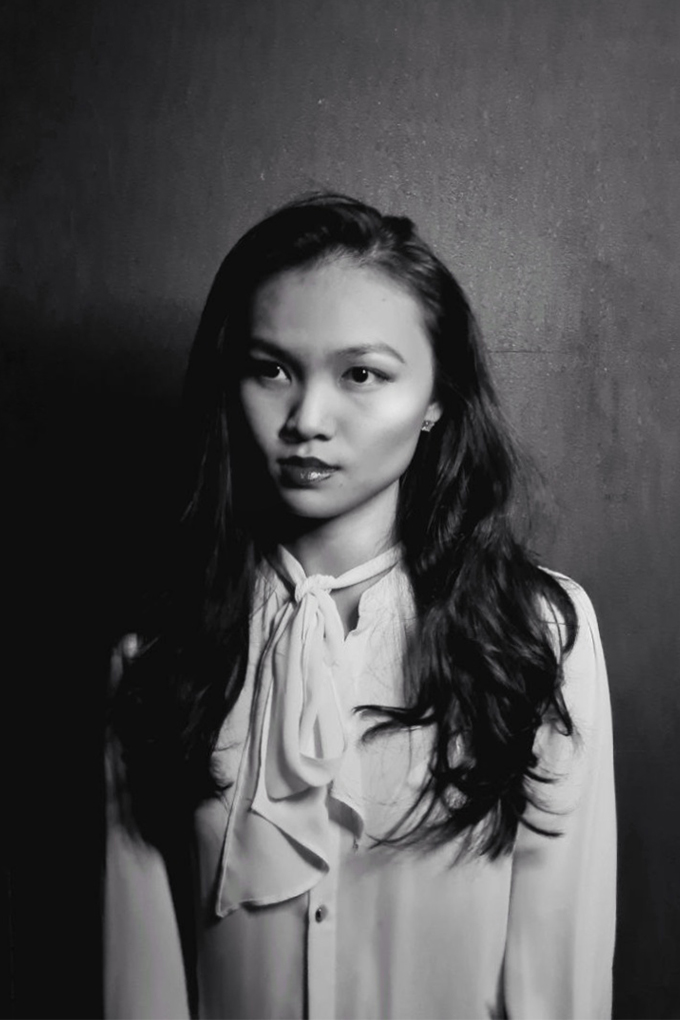

The inspiration behind the collection: Strongly informed by the concept of the antiheroine, Alexandria Halim centred DeFacto around two women: China’s Empress Dowager as well as the Russian movie character, Dominika the Red Sparrow. She focused on the manifestation of their respective regimes through auspicious symbols. The Empress Dowager, in particular, had an affinity for wearing ideograms on every article of clothing—which she believed contributed to her longstanding rule. This was represented by floral motifs in Halim’s pieces.
What you can expect: DeFacto consists of 104 textile pieces, which are mostly a selection of prints on silk. It also boasts a variety of opulent patterns, embroidered puffer textures and laced fringed forms.
Meng Ge, 25, BA (Hons) Fashion Design & Textiles: Niegour
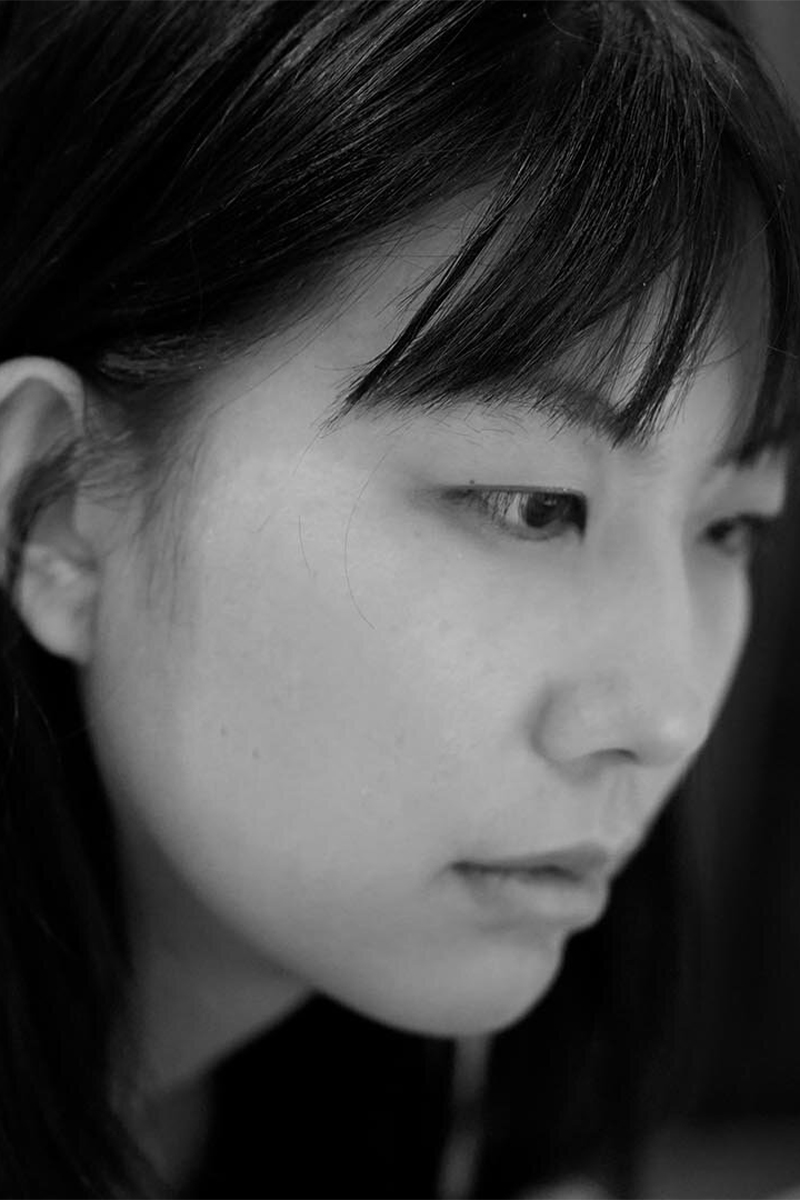

The inspiration behind the collection: Having set out with the intention of translating her Tibetan heritage into contemporary clothing, Meng Ge’s aim was to encourage other young Tibetans to embrace their roots through modern and wearable designs. Titled ‘Niegour’—which translates to ‘pilgrimage’—Meng incorporated materials such as felt products made from wool and yak fur, embroidery of animals and colours reminiscent of Tibet’s landscape.
What you can expect: Niegour is an assortment of pieces that retain the silhouette of the traditional Tibetan dress while also implementing newer design elements. Think: a dress, an embroidered jacket with felting collar, and a down jacket.
Nidhi Balgar, BA (Hons) Fashion Media & Industries: Thuriya; transcending beauty

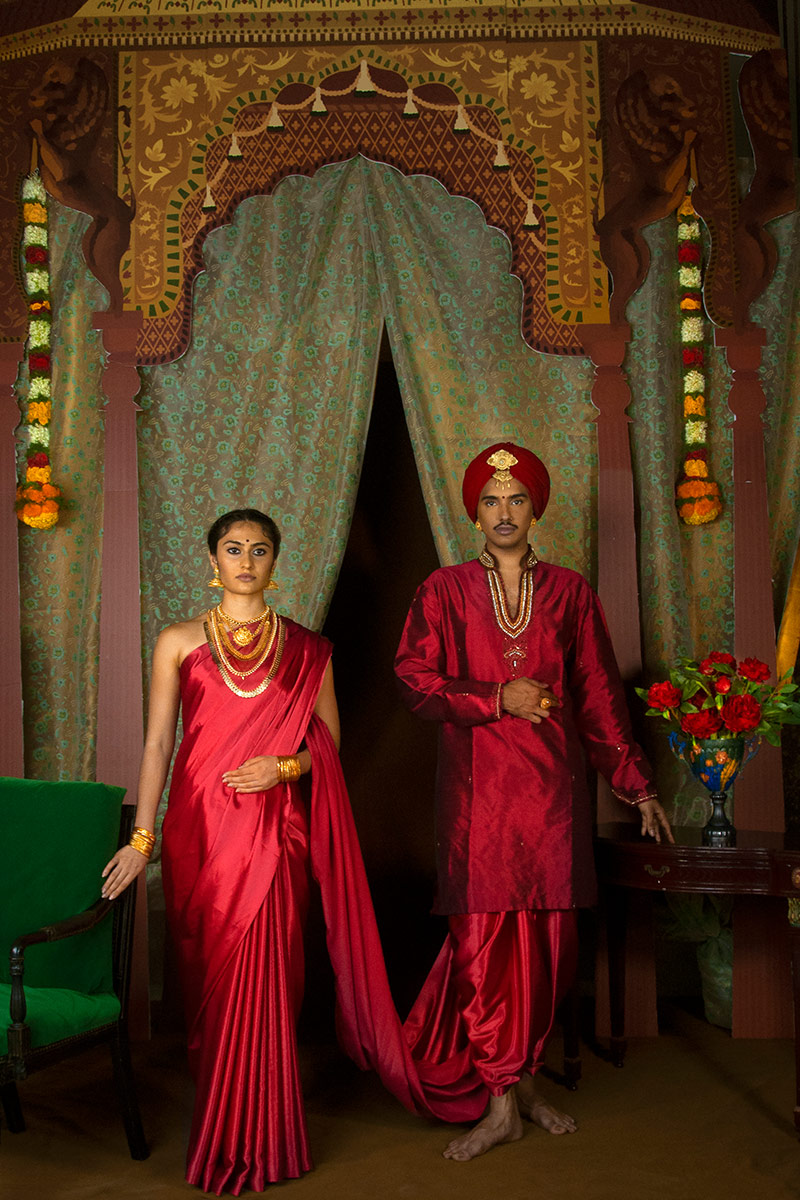
The inspiration behind the collection: When Nidhi Balgar first started ideating her project, it was important to her that she touched on themes strongly rooted in Indian culture. Balgar unveiled the prejudiced standards of beauty that were present during the British rule of India by studying the paintings of prolific artist, Raja Ravi Varma. While Varma’s paintings falsely depicted his sitters as having fair skin, Balgar recreated these historic paintings in an accurate manner, paying homage to both the draping of sarees as well as the different skin tones of Indian women.
What you can expect: Balgar’s final project, Thuriya; transcending beauty, will be presented as a photo series exhibition that will take place both physically and digitally, with her images being displayed alongside Varma’s original images. The physical exhibition will also feature a live performance, bringing Balgar’s portraits to life.
Sustainability
Sarah Kelly Ng, 23, BA (Hons) Fashion Design & Textiles: Disposable Fashion
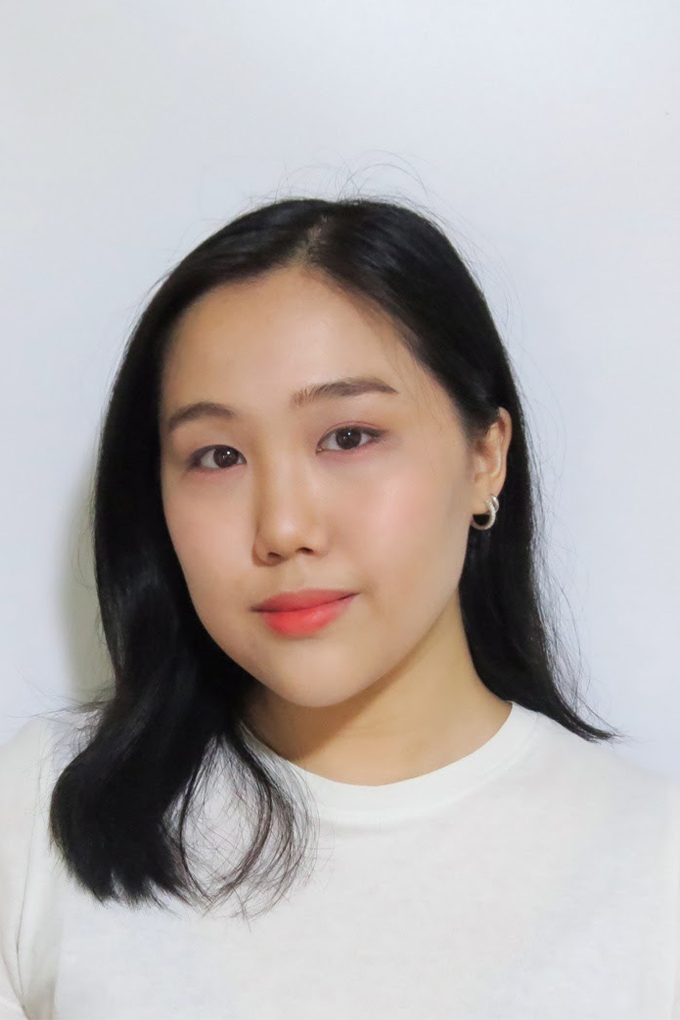
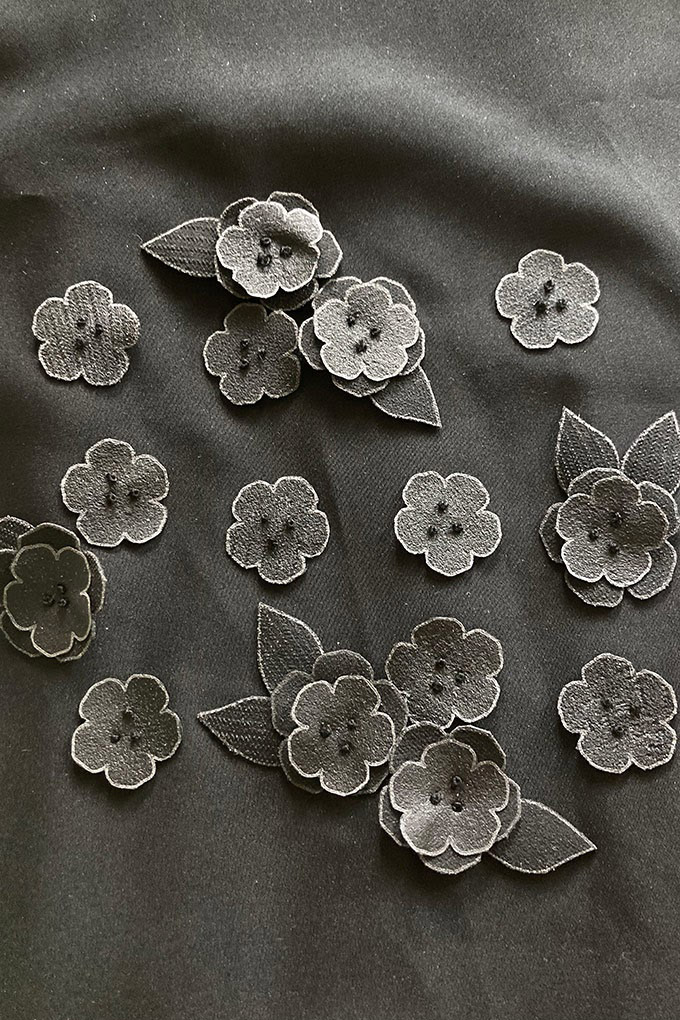
The inspiration behind the collection: Long concerned by the vast amounts of waste produced due to fashion’s consumer culture, Sarah Kelly Ng felt that attempts to slow down society’s voracious appetite for fast fashion would take years to make an impact. Therefore, she was inspired to rethink the materials used when designing so that the waste generated from fast fashion could be at the very least, biodegradable. Since the pandemic made it harder to obtain bioplastics, Ng focused on using food-grade materials such as agar and alginate to make her textiles.
What you can expect: Currently, Disposable Fashion includes a series of pieces ranging from fabrics to hardware embroidery. Once the pandemic is over and Ng gets access to more resources, she plans to create accessories on a smaller scale first, such as wallets, pouches, earrings, and buttons.
Joshua Ng, 26, BA(Hons) Fashion Design & Textiles: Spaghetti Cutting


The inspiration behind the collection: Longing to combat fashion waste without compromising on aesthetics, Joshua Ng invented a new technique of fabric cutting dubbed ‘spaghetti cutting’. Grounded in complex mathematical formulas, his method reduced the amount of material wasted from 25 percent (using conventional techniques) to under 10 percent. It entailed first cutting the fabric into long uniform strips, before spiralling them into tubes. The tubes can then be darted to create everyday garments with interesting shapes and a single-seam design.
What you can expect: Spaghetti Cutting consists of everyday garments such as shirts, pants, skirts, dresses, and jackets.
Justin Chua, 25, BA(Hons) Fashion Design & Textiles: Polymorphism
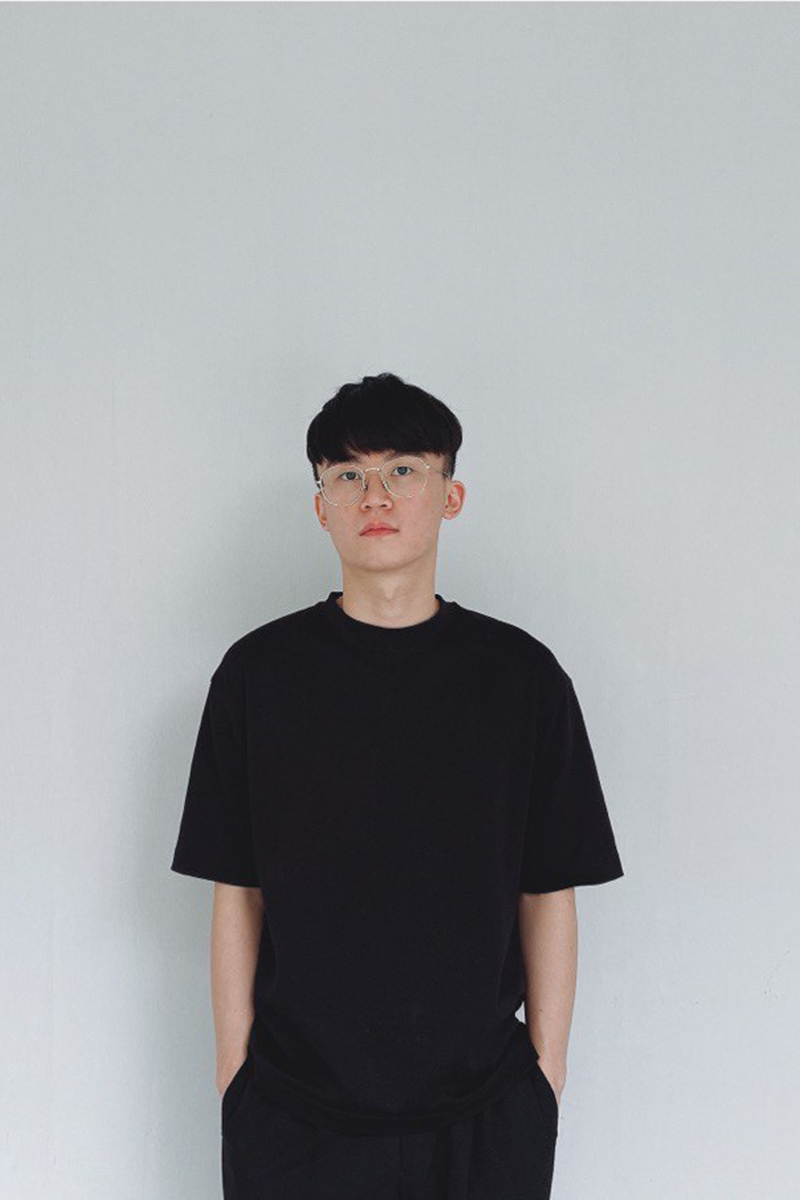

The inspiration behind the collection: Justin Chua’s collection can be summed up in one word: versatility. He designed every garment in his collection to be modular but also interchangeable—with tops transformed to trousers, trousers to skirts and jackets to bags. As a result, consumers will be able to minimise their purchases and downsize their wardrobe in the future.
What you can expect: Polymorphism consists of 10 unisex base pieces made of nylon that can be transformed into 16 garments such as trousers, tops, skirts, and jackets. There are also accessories such as a tote bag, crossbody bag, and handbag.
The Pandemic
Jocelyn Andra, 20, Diploma in Fashion Design: de’between
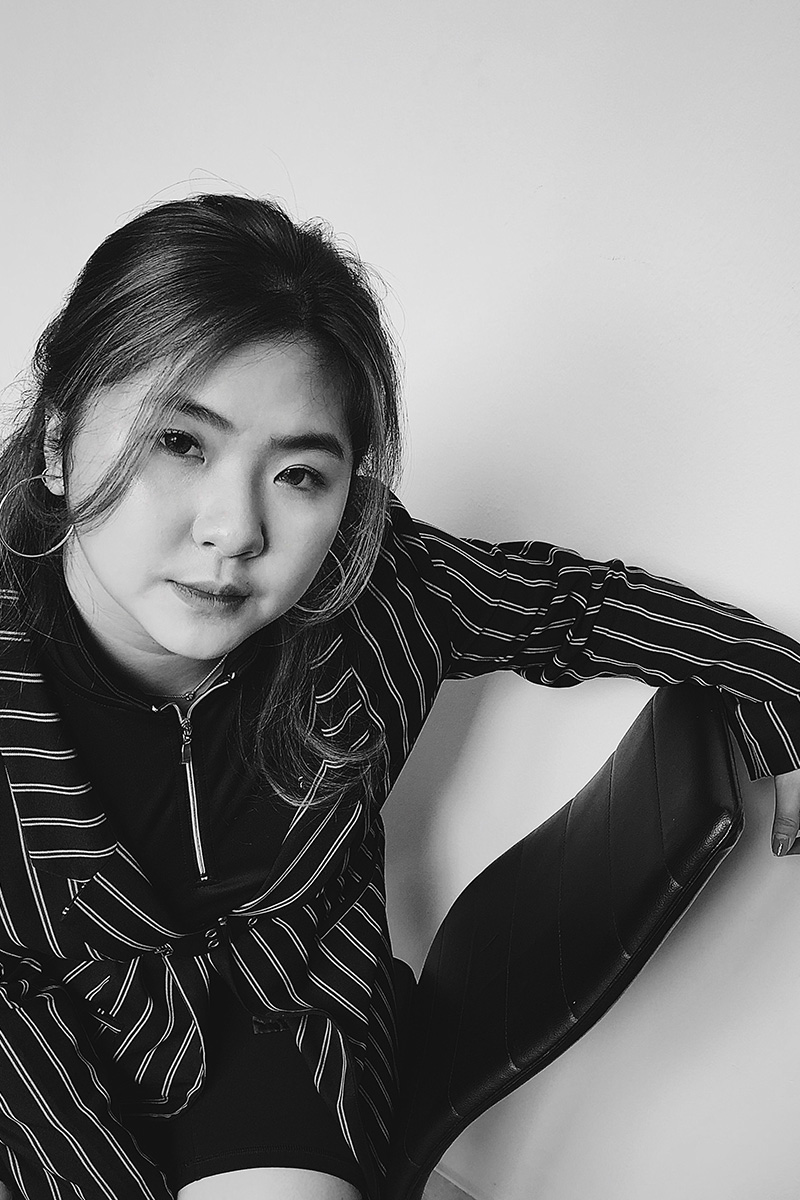

The inspiration behind the collection: COVID-19 is a collective problem, but has posed different challenges for individuals all over the world. Jocelyn Andra’s inspiration was one of separation and restriction, having been forced to live away from her family in Indonesia. Andra’s collection was also inspired by the beauty that can be found in one’s limitations.
What you can expect: The main feature of Andra’s pieces are small inserts of rope, symbolising an aspect of restriction. The collection includes but is not limited to: a maxi dress, a white sleeveless top and cape.
Chong Yu Lin, 24, Diploma in Fashion Design: Scene-smell


The inspiration behind the collection: Digital means of communication have quickly become the default, and as a result, touch and smell have become a novelty of sorts. Inspired by skin hunger, Chong Yu Lin used his collection to convey smell and touch through sight. For example, his chosen colours and silhouettes were used as a physical manifestation of the movement of perfume.
What you can expect: Scene-smell consists of three looks conveying the movement of perfume. The first look is a representation of the flush of intensity when the perfume is first applied. The second look is when the perfume has settled into an alluring scent, attracting the people around it. The third look is a return of normalcy, when the scent disappears.
Debbie Chan, 21, Diploma in Fashion Design: Comfy Essentials


The inspiration behind the collection: Comfort-wear has become the default for us all, providing a space of solace for both our body and minds amidst the pandemic. Inspired by this collective phenomenon as well as her personal sporty style, Debbie Chan’s collection of back-to-basics essentials was put together as an antithesis to over-the-top, fussy, fashion.
What you can find in the collection: Comfy Essentials consists of comfort-driven pieces such as jersey shorts, cargo pants, and a white button cropped shirt.





